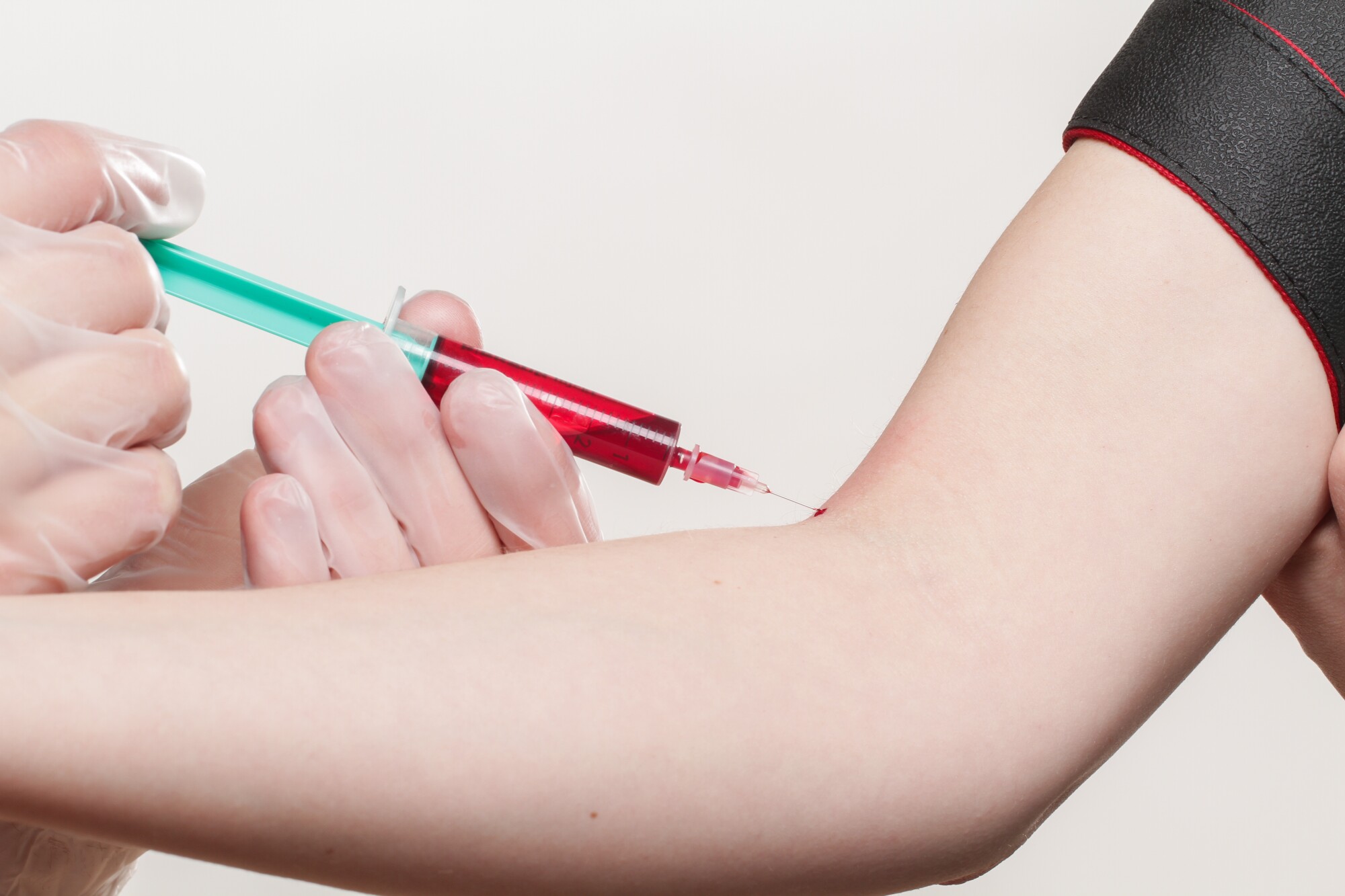Northeast Medical Institute - New Haven Campus Phlebotomy Course & Cna Class for Beginners
Northeast Medical Institute - New Haven Campus Phlebotomy Course & Cna Class for Beginners
Blog Article
Not known Facts About Northeast Medical Institute - New Haven Campus Phlebotomy Course & Cna Class
Table of ContentsAll About Northeast Medical Institute - New Haven Campus Phlebotomy Course & Cna ClassThe Best Guide To Northeast Medical Institute - New Haven Campus Phlebotomy Course & Cna ClassNortheast Medical Institute - New Haven Campus Phlebotomy Course & Cna Class - An OverviewNortheast Medical Institute - New Haven Campus Phlebotomy Course & Cna Class - An OverviewNortheast Medical Institute - New Haven Campus Phlebotomy Course & Cna Class Things To Know Before You BuyNortheast Medical Institute - New Haven Campus Phlebotomy Course & Cna Class Fundamentals Explained
Nevertheless, making use of such tools need to be accompanied by other infection prevention and control methods, and training in their usage. Not all security tools are relevant to phlebotomy. Before selecting a safety-engineered device, customers need to extensively check out available tools to establish their suitable use, compatibility with existing phlebotomy methods, and efficiency in shielding team and individuals (12, 33).For settings with reduced sources, cost is a motoring factor in purchase of safety-engineered gadgets. Where safety-engineered devices are not readily available, knowledgeable use of a needle and syringe is acceptable.
Among the vital pens of quality of care in phlebotomy is the participation and collaboration of the individual; this is equally valuable to both the health worker and the patient. Clear details either composed or verbal ought to be readily available to every patient that goes through phlebotomy. Annex F gives example text for describing the blood-sampling treatment to a client. In the blood-sampling space for an outpatient department or center, provide a comfortable reclining sofa with an arm remainder.
The Basic Principles Of Northeast Medical Institute - New Haven Campus Phlebotomy Course & Cna Class
Guarantee that the signs for blood tasting are clearly defined, either in a created protocol or in recorded directions (e.g. in a laboratory form). Whatsoever times, follow the methods for infection avoidance and control noted in Table 2.2. Infection prevention and control techniques. Collect all the equipment required for the procedure and area it within secure and easy reach on a tray or cart, guaranteeing that all the things are clearly visible.
Where the client is adult and conscious, comply with the actions outlined listed below. Introduce yourself to the patient, and ask the client to specify their full name. Check that the laboratory form matches the person's identity (i.e. match the client's details with the lab kind, to make certain precise identification). Ask whether the license has allergies, fears or has ever collapsed throughout previous shots or blood attracts.
Make the client comfy in a supine placement (if possible). The person has a right to refuse an examination at any time before the blood sampling, so it is important to make sure that the individual has actually recognized the treatment - PCT Courses.
Not known Details About Northeast Medical Institute - New Haven Campus Phlebotomy Course & Cna Class
Prolong the patient's arm and evaluate the antecubital fossa or lower arm. Find a vein of a good size that is visible, straight and clear. The diagram in Section 2.3, shows typical settings of the vessels, but numerous variations are feasible. The typical cubital blood vessel lies in between muscle mass and is usually one of the most easy to pierce.
DO NOT insert the needle where veins are drawing away, since this enhances the opportunity of a haematoma. The vein must be visible without applying the tourniquet. Finding the capillary will certainly help in establishing the appropriate dimension of needle. Use the tourniquet about 45 finger sizes over the venepuncture website and re-examine the vein.
Specimens from central lines carry a risk of contamination or incorrect research laboratory examination outcomes. It is acceptable, however not perfect, to attract blood samplings when very first presenting an in-dwelling venous gadget, prior to attaching the cannula to the intravenous liquids.
All About Northeast Medical Institute - New Haven Campus Phlebotomy Course & Cna Class
Failure to allow adequate call time enhances the danger of contamination. DO NOT touch the cleaned site; in particular, DO NOT put a finger over the capillary to guide the shaft of the revealed needle.
Ask the person to create Learn More Here a clenched fist so the veins are a lot more noticeable. Enter the capillary promptly at a 30 degree angle or less, and continue to present the needle along the blood vessel at the simplest angle of entry - CNA Training. As soon as adequate blood has actually been gathered, launch the tourniquet prior to taking out the needle
The Only Guide to Northeast Medical Institute - New Haven Campus Phlebotomy Course & Cna Class
Withdraw the needle gently and use gentle pressure to the site with a tidy gauze or completely dry cotton-wool sphere. Ask the person to hold the gauze or cotton woollen in position, with the arm prolonged and increased. Ask the patient NOT to bend the arm, since doing so causes a haematoma.

Not known Facts About Northeast Medical Institute - New Haven Campus Phlebotomy Course & Cna Class
Do not push the syringe plunger due to the fact that additional pressure boosts the risk of haemolysis. Where feasible, keep televisions in a shelf and move the rack in the direction of you. Inject downwards right into the proper coloured stopper. DO NOT remove the stopper since it will launch the vacuum. If the example tube does not have a rubber stopper, inject extremely gradually right into the tube as reducing the stress and speed used to move the sampling minimizes the threat of haemolysis.

Report this page